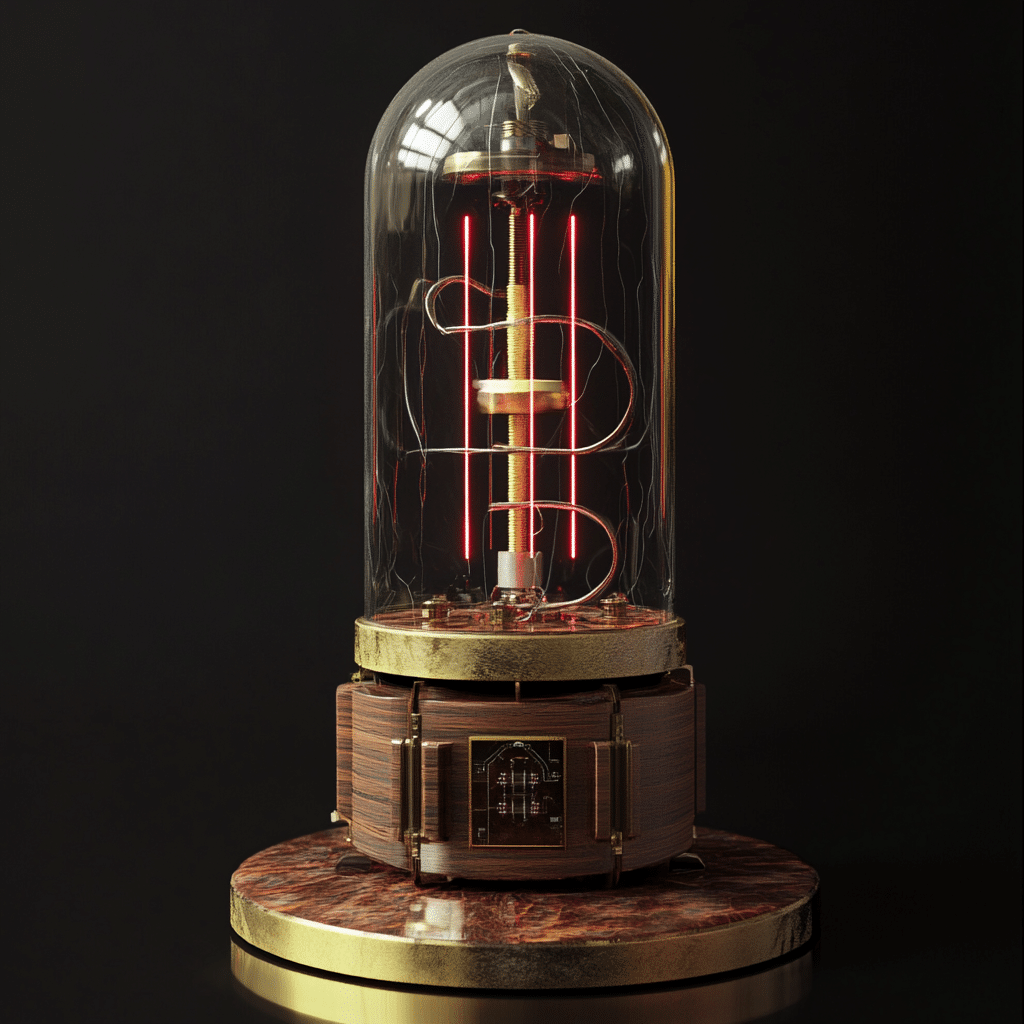
Diagonal Perspectives: The Transformative Power of Diagonal Shapes
In today’s fast-paced visual jungle, diagonal shapes can completely flip our perceptions, often in ways we don’t even notice. It’s wild, really! These angles invite both excitement and curiosity, stirring our emotions while beckoning our eyes towards action. While horizontal and vertical lines give us safety and stability, diagonals jump off the page—suggesting movement, energy, and a world of possibilities. Let’s take a journey together through various domains, from architecture to branding, and uncover just how diagonals can turn the mundane into the extraordinary.
The Impact of Diagonal Shapes on Perception
When you think about it, diagonal lines lend a touch of dynamism, much like a perfectly timed beat in a song. Whether it’s painting, architecture, or even logo design, these shapes breathe life into otherwise static visuals. They provoke thoughts, stir feelings, and guide our eyes in an almost magnetic way.
For instance, diagonal shapes can induce feelings of action or urgency based on how they interact with surrounding elements. Much like a strong guitar riff that jolts you out of your seat, these lines challenge the monotony of conventional shapes.
Across various art forms, diagonal elements disrupt the expected and make us pay attention. Be it art, design, or marketing, incorporating these shapes is an invitation to look closer and engage deeper.

Top 5 Diagonal Shapes That Shatter Conventional Perspectives
1. The Burj Khalifa: Vertical Diagonals Redefining Skyline
Standing tall in Dubai, the Burj Khalifa represents more than just a building; it’s an audacious leap into a future filled with possibilities. This architectural wonder utilizes diagonal shapes that stretch upward, crafting an eye-catching silhouette that commands respect and admiration.
Imagine standing in its shadow, gazing up at those sharp angles that cut through the sky. The building resonates human ambition, inspiring anyone who lays eyes on it to consider what’s possible.
By severing the traditional boxy structure, the Burj Khalifa invites viewers to embrace its vertical diagonals. It’s not just another high-rise; it’s an experience that transforms how we view urban landscapes.
2. Nike’s Swoosh: The Diagonal Motion of Branding
Take a second, think about the iconic Nike swoosh. That simple but powerful diagonal shape is more than a logo; it’s a representation of motion and speed. Created by Carolyn Davidson in 1971, this design captures the essence of athleticism and energy.
The slant of that swoosh suggests forward movement, almost running off the page, encouraging athletes (and yes, couch potatoes) to unlock their full potential. It’s a masterclass in branding – a dash of inspiration wrapped in a diagonal line.
Nike’s ability to connect this shape to performance is remarkable. It’s like catching a glimpse of sunlight breaking through the clouds—a moment that captivates and propels you into action.
3. The Dynamic Diagonals of Modern Furniture
When we talk about furniture, you might picture standard rectangles and squares dominating the space. But hold on! Creative designers like Nitori and Herman Miller have deftly integrated diagonal shapes that break away from tradition.
Consider the Barcelona chair—its diagonal elements add a touch of elegance while providing ergonomic support. This fusion not only enhances comfort but also elevates the aesthetics of any room.
In this way, diagonal shapes redefine the way we interact with our living spaces. Instead of stagnant arrangements, furniture becomes a canvas where angles inspire creativity and innovation.
4. Apple’s Product Design: Diagonals in Electronics
Ah, Apple. The brand that seems to have its finger on the pulse of technology and design! One of the hallmarks of Apple’s innovative allure is its use of diagonal shapes in product design, like on the iPhone and MacBook.
With each tapered edge and slanted line, Apple successfully breaks free from conventional tech aesthetics, making devices feel more intuitive and user-friendly. It’s a stark contrast to boxy, rigid machines that feel more utilitarian than innovative.
These diagonal shapes evoke feelings of sophistication, transforming simple tech gadgets into aspirational lifestyle statements. The result? Consumers aren’t just purchasing a device; they’re buying into a vision of the future.
5. Metaphorical Diagonals in Art and Culture
Look no further than Jackson Pollock, who brilliantly used diagonal lines to create movement and chaos in art. His paintings—with their wild splashes and sweeping diagonals—offer more than mere visuals; they invite viewers to engage emotionally with the piece.
Pollock, through his unique approach, unwraps multi-layered meanings that disrupt linear narratives. The diagonal shapes act as conduits of emotion, summoning reflections that linger on long after you’ve gazed upon them.
These types of metaphoric diagonals invite deeper contemplation and engagement, reminding us that art can challenge our perceptions and pull at our emotions.
The Science Behind Diagonal Lines and Human Perception
Now, let’s get a little nerdy here; research reveals that diagonal lines inherently command more attention than their horizontal or vertical counterparts. Amazing, isn’t it? The psychological studies on human perception suggest that our brains are wired to favor angles that disrupt normalcy.
When we see diagonal shapes, something within us shifts—a sense of urgency, action, and dynamism surfaces. This guides our eyes through visual compositions in ways that conventional designs simply can’t manage.
As much as we might love traditional forms, embracing diagonal lines opens the door to a world of new visual vocabulary. They can awaken creativity and reframe how we think about our environment, making everything seem just a tad more vibrant and alive.
Embracing Diagonal Shapes in Your Own Perspective
So, how can you ride this wave of diagonal transformation in your own life? Start by integrating this principle into your surroundings—perhaps by arranging your furniture at creative angles or incorporating diagonal patterns into your decor.
If you’re in the business world, consider how visual marketing strategies that utilize diagonal elements can make your brand stand out in the cluttered marketplace. Think outside the box (or rather, outside the rectangle!).
By embracing diagonal thinking, you enrich your creative spaces and foster a sense of dynamism and engagement. In a world often caught in the grind of convention, diagonal shapes remind us that extraordinary perspectives await those willing to explore the less traveled paths.
So there you have it—angles and perspectives as your trusty sidekicks on this journey of transformation. Whether in art, design, branding, or personal aspirations, diagonals can spark change, inviting reflection and paving the way for something truly special.
Remember, like the melodies of a powerful song, embracing these diagonal shapes can transform not just your environment, but your outlook on life.
Diagonal Shapes: A Perspective Shift
The Beauty of Diagonal Lines
Did you know that diagonal lines are everywhere in art and nature? They create a sense of motion and depth, transforming flat surfaces into engaging visuals that catch the eye. Think about how the diagonal design of a well-placed Santissima Trinidad painting draws attention, revealing hidden stories held within the brushstrokes. Or consider diagonal patterns seen in wild animal movements, which can be fascinating when learning about their behaviors—not to mention, it can help jog your memory of Animales en Ingles.
Diagonal Trends in Pop Culture
In the realm of pop culture, innovations inspired by diagonal lines can be surprisingly prevalent. Look at action anime like Jujutsu Kaisen—the dynamic fight scenes often use diagonal angles to intensify the impact. Speaking of impact, Roman Reigns is known to incorporate diagonal movements into his wrestling style, creating that dramatic flair fans love. Meanwhile, the ever-growing popularity of diagonal phone designs, like the Oppo Reno 12, shows how this concept crosses into technology, proving that style and function often walk hand-in-hand.
Diagonal Shapes in Architecture and Design
Architecture also takes advantage of diagonal lines for both aesthetic appeal and practicality. Think of skyscrapers with angled edges that defy traditional designs, creating stunning city skylines. Did you know the Milky Way’s spiral shape is a form of a diagonal line on a cosmic scale? That’s quite a cosmic wonder! Just as Jerry Reinsdorf built his sports empire with calculated moves, architects use diagonals to create spaces that feel dynamic and engaging, sometimes reminiscent of Sarah Jean underwoods charming touch in her design work.
So, the next time you come across something with a diagonal twist, whether it’s a piece of art, a sports move, or a sleek gadget, take a moment to appreciate how these angles not only enhance appearance but also shift your perspective in delightful ways.

































